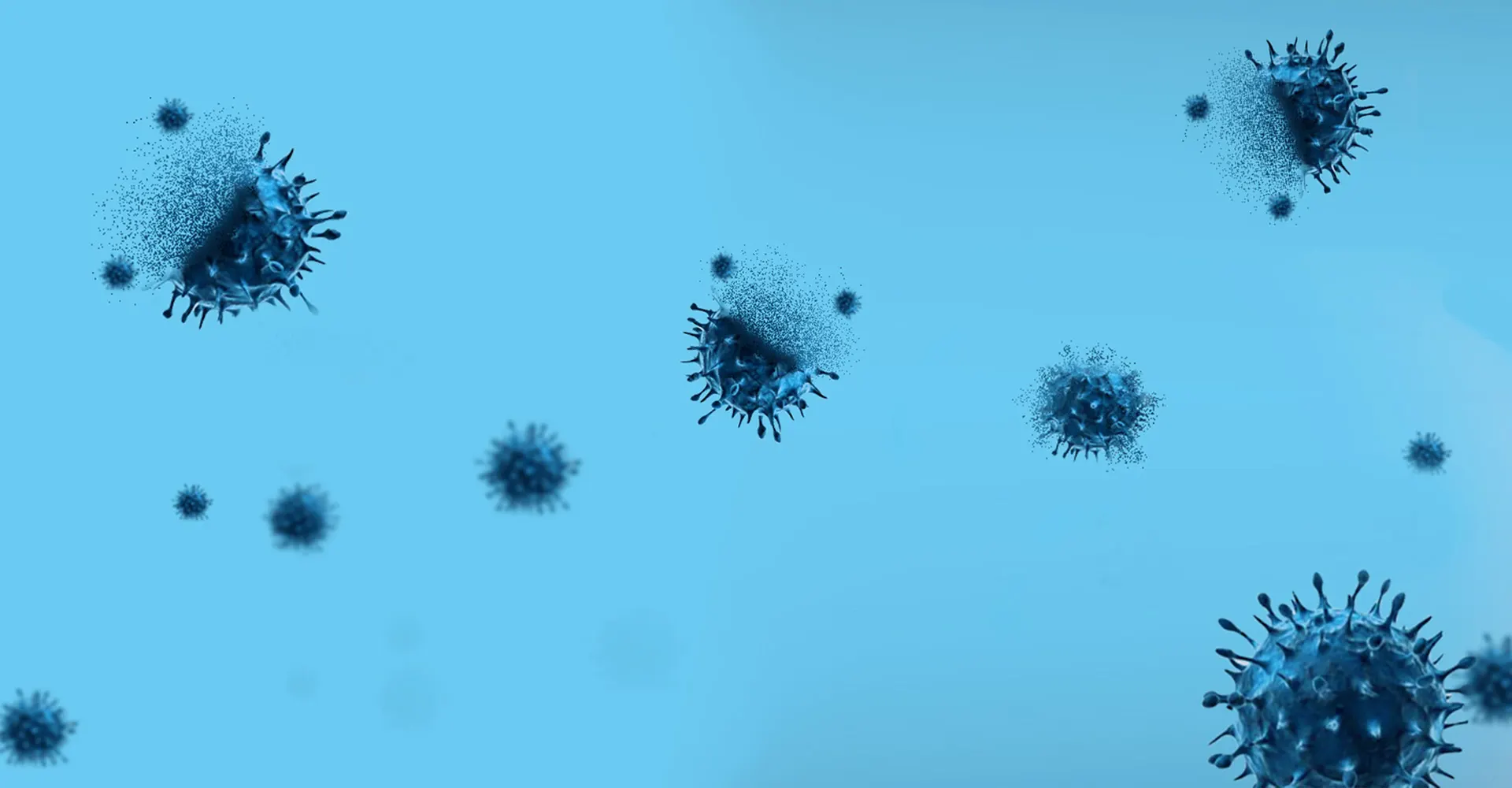Sponsorizzato
Amorphous Content Determination in Medicine

In industrial production, the surface of the compound may become amorphous due to a small amount of structural damage. It is difficult for conventional instruments to detect this small amount of amorphous substance. Although the content of this amorphous substance is very low, it is very likely to affect the stability of the drug in the production and storage process, resulting in the failure of the entire development. Therefore, even the quantitative analysis of a small amount of amorphous existence plays a vital role in the process of drug development and production.
Amorphous content determination and identification
The qualitative and quantitative analysis of amorphous content is more complicated than that of crystal form. Amorphous products obtained by different methods may have obvious differences in their properties, morphology, and stability. For example, in the industrial production process, grinding and crushing may produce a small amount of amorphous material on the surface of the crystalline solid. Due to its metastable nature, the introduction of amorphous content is likely to cause many potential problems.
The physical properties of the amorphous structure of the drug are very different from the crystal structure. The amorphous structure may greatly affect the stability, compatibility, dissolution rate, hygroscopicity, and solvent adsorption tendency of the product. In addition, there are corresponding requirements for the process and storage conditions of the product. Whether in a single compound or in a formulation, a mature drug development process must include the detection and quantification of the amorphous content of low-level drugs. In order to be able to accurately quantify the amorphous components in the drug, researchers first select detection technologies for specific amorphous substances (including traditional and innovative technologies) and then select appropriate data analysis methods (such as multivariate analysis) to ensure the accuracy of the results. There are many qualitative and quantitative methods for amorphous forms. Generally, there are certain differences between the Raman spectra of different solid-state active pharmaceutical ingredients (APIs). Compared with crystalline API, the Raman spectrum of amorphous API usually exhibits a wider peak shape and a wavenumber shift.
Application of Amorphous Substances in Drug Development
If the amorphous API can be stably reproduced and can maintain its physicochemical properties, such as high glass transition point and low hygroscopicity, during processing, storage and in vivo, amorphous API can be directly incorporated into the dosage form through traditional formulation techniques and maintain its stability during the product shelf life. For example, AstraZeneca's Accolate® (Zalukast) tablets contain amorphous API and are stable during production and storage.
For drugs with low solubility, an amorphous solid dispersion can be considered. Since the energy required for amorphous dissolution is low, it is beneficial to increase the solubility without reducing the permeability of the drug.
Rational design of amorphous solid dispersion
In order to stabilize the amorphous state of the drug and inhibit the crystallization of the amorphous drug in its solid or aqueous state, excipients are usually introduced into a multi-component amorphous system (amorphous dispersion) to enhance the stability of the amorphous drug. At the same time, it can improve the functionality and maneuverability of amorphous pharmaceutical preparations in terms of viscosity, powder fluidity, and hygroscopicity.
Summary
Amorphous APIs can significantly improve the solubility, dissolution rate and bioavailability of drugs, and are important means to improve the physical and chemical properties of poorly soluble drugs. However, this method is relatively complicated. CD Formulation’s laboratories can provide comprehensive amorphous content determination for APIs according to related standards. Meanwhile, this company, with an innovative spirit and a down-to-earth attitude, is missioned to help researchers solve the difficulties encountered in the process of drug research and development.



